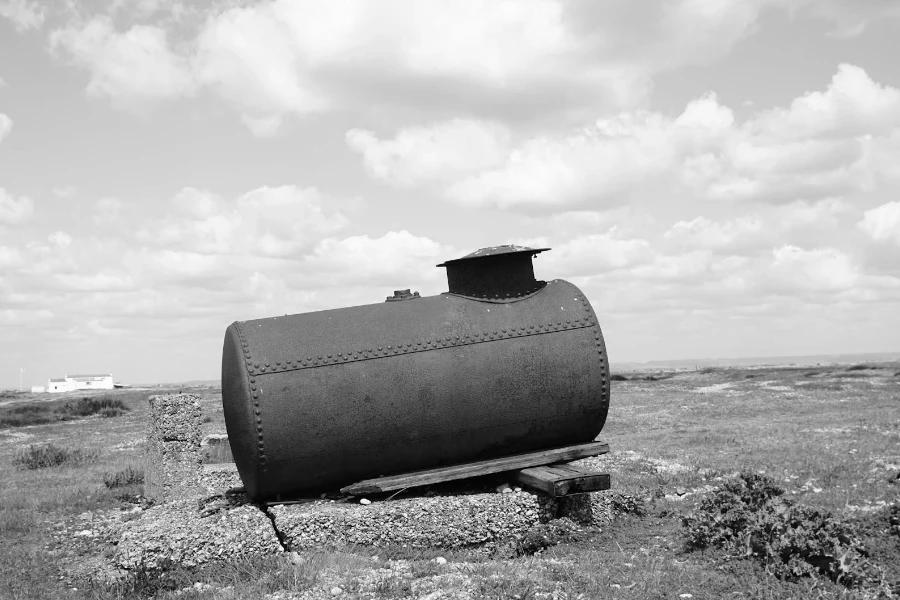Water tanks play a pivotal role in our daily lives, yet their mechanics and importance often go unnoticed. This comprehensive guide will explore the intricacies of water tanks, shedding light on how they function, their various applications, and what to consider before making a purchase. Whether for residential use, industrial applications, or emergency preparedness, understanding water tanks is crucial for efficient water storage and management.
Table of Contents:
– What is a water tank?
– How do water tanks work?
– How to use a water tank
– How much does a water tank cost?
– Top water tanks on the market
What is a water tank?

A water tank is a container designed for storing water for various purposes, including drinking, irrigation, fire suppression, and chemical manufacturing, among others. These tanks come in a myriad of shapes, sizes, and materials, such as plastic (polyethylene, polypropylene), concrete, steel (stainless or galvanized), and fiberglass. The choice of material often depends on the intended use of the water, the volume required, and environmental conditions. The design of a water tank is crucial for maintaining water quality, preventing leaks, and ensuring long-term durability.
How do water tanks work?

The principle behind water tanks is relatively simple yet highly efficient. They store water at a height, utilizing gravity to generate pressure that allows water to flow through pipes when a tap or valve is opened. In the case of elevated tanks, the height of the water itself produces pressure. For ground or underground tanks, pumps are often employed to distribute water under pressure. Additionally, modern water tanks are equipped with inlet and outlet pipes, vents for air circulation, and sometimes, float valves to automatically stop the inflow of water once the tank is full, preventing overflow.
How to use a water tank

Using a water tank involves more than just filling and tapping into it. It requires understanding the capacity needed based on consumption, the type of pump needed for effective water distribution (if not gravity-fed), and regular maintenance. Before using a water tank, it’s essential to ensure it is properly installed, ideally by a professional, to prevent any future issues. Regular cleaning and inspection are crucial to avoid contamination and to check for leaks or damage. For those using water tanks for potable water, it’s also vital to ensure the tank material is certified for storing drinking water.
How much does a water tank cost?

The cost of a water tank can vary widely depending on its capacity, material, and design. Small, polyethylene tanks might cost a few hundred dollars, while large, steel or concrete tanks can run into the thousands. For residential use, a medium-sized plastic tank might range from $500 to $2,500. Industrial or agricultural applications, requiring much larger capacities, can see prices from $5,000 to over $20,000. It’s also important to consider installation, maintenance, and potential accessories (like pumps or filters) when budgeting for a water tank.
Top water tanks on the market

When it comes to selecting a water tank, several brands and models stand out for their quality, durability, and efficiency. Some of the top water tanks include the Poly-Mart Rain Harvesting Tank, known for its robust design and suitability for rainwater collection; the Snyder Industrial Vertical Tank, favored for industrial applications due to its large capacity and durability; and the Bushman Slimline Water Tank, popular in residential settings for its space-saving design and ease of installation. Each of these models offers unique features tailored to specific needs, from environmental sustainability to space constraints.
Conclusion:
Water tanks are indispensable in ensuring a reliable supply of water for various needs. Understanding how they work, how to use them properly, and what to consider when purchasing one can significantly impact their efficiency and longevity. With the information provided in this guide, you are now better equipped to choose the right water tank for your needs, whether for personal, commercial, or emergency use. Remember, investing in a high-quality water tank is investing in the assurance of a secure water supply.




